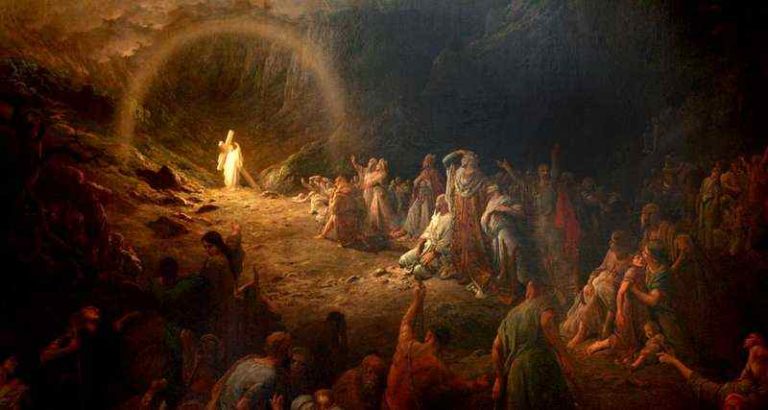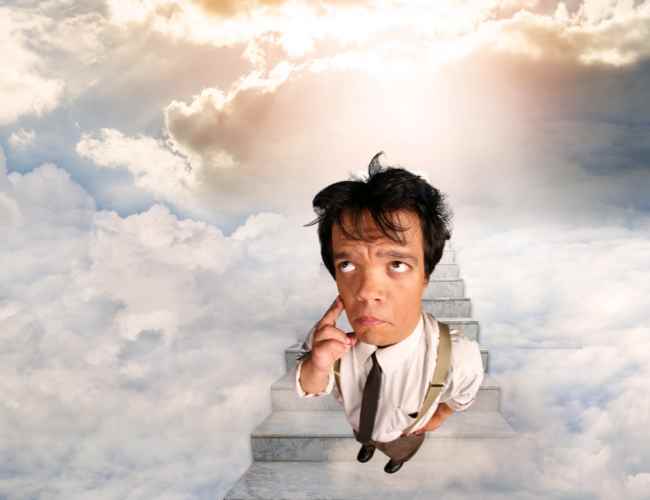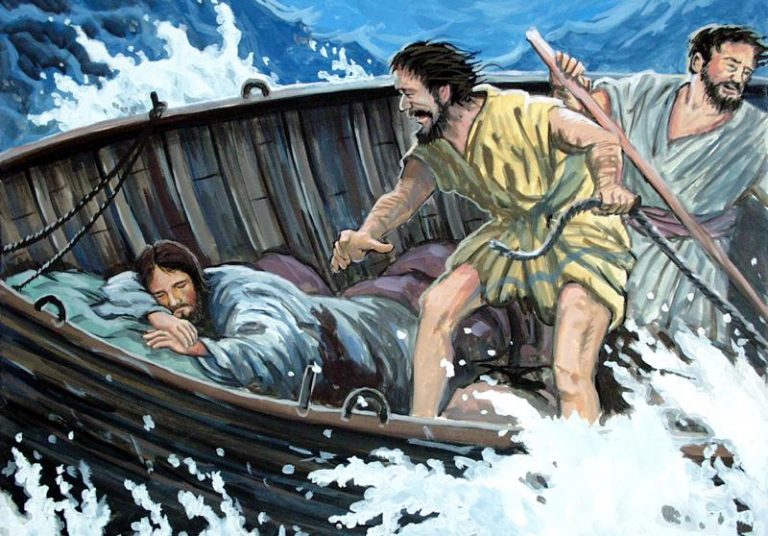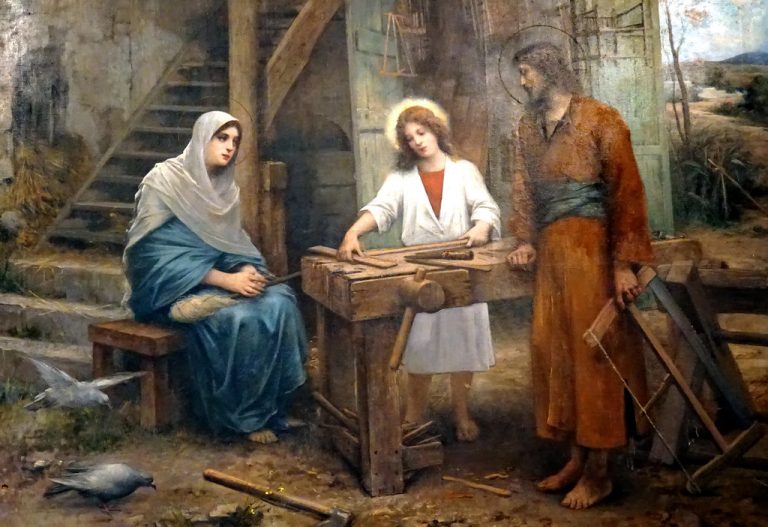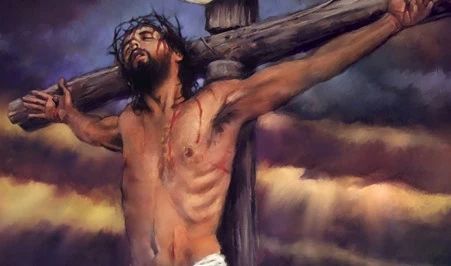Can Baptists Dance? Delving into Movement, Faith, and Worship
Dance has been an integral part of human culture and self-expression throughout history, transcending geographical, linguistic, and cultural boundaries. Within the realm of Christianity, dance has also held various roles, both as a form of worship and a subject of controversy.
The Baptist denomination, known for its emphasis on individual freedom and local congregation autonomy, has often been at the forefront of this debate. The question “Can Baptists dance?” may seem simple on the surface, but it opens up a wealth of discussion regarding religious interpretations, church traditions, and cultural norms.
This blog post will delve into the historical context of dance in the early Christian church, analyze key scriptural passages, evaluate the core principles of the Baptist faith, and present arguments both for and against dancing within the Baptist community.
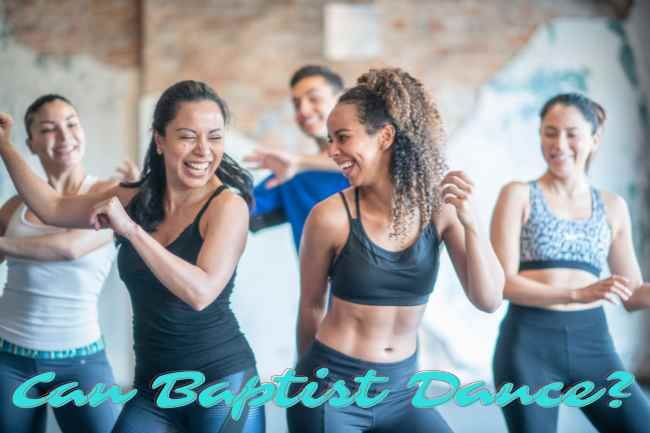
Historical Context: Dancing in the Early Christian Church
Dance in the context of the early Christian church played a significant role in religious celebrations and worship. Both the Old and New Testaments contain references to dance as a form of connection with the divine and a means of rejoicing and expressing gratitude.
| Biblical Reference | Description |
|---|---|
| Exodus 15:20 | Miriam, the sister of Moses and Aaron, leads the Israelite women in dancing to celebrate their escape from Egypt. |
| Judges 11:34 | Jephthah’s daughter dances to meet her father after his victorious battle against the Ammonites. |
| 1 Samuel 18:6 | The women of Israel participate in dancing to celebrate David’s victory over Goliath. |
| 2 Samuel 6:14 | King David dances before the Lord with all his might as the Ark of the Covenant is brought to Jerusalem. |
| Luke 15:25 | The older brother hears music and dancing when returning home from the field, signaling the celebration of the prodigal son’s return. |
While these instances showcase the prevalence and acceptance of dance in the early Christian tradition, it is essential to remember that cultural shifts and theological interpretations over time have led to differing opinions on how dance fits into the context of modern Christian worship.
In the early centuries of the church, many Christian communities embraced dance as an integral part of their religious ceremonies and festivities. However, there were also voices that opposed certain forms of dance, considering it was lacking in modesty or incompatible with the tenets of Christian piety. As the Christian faith developed, various denominations and traditions formed, each with its own unique perspectives on the role of dance in religious life.
Scripture Analysis: What Does the Bible Say About Dancing?
To gain a fuller understanding of the role of dance within the Baptist faith, it is essential to examine the key scriptural passages that mention dance as an expression of worship, celebration, and other religious contexts. Below is a list of significant Bible verses that may inform our understanding of dance in the light of the Christian faith:
- Psalm 149:3 – “Let them praise his name with dancing and make music to him with timbrel and harp.”
- Psalm 150:4 – “Praise him with tambourine and dance; praise him with strings and pipe!”
- Ecclesiastes 3:4 – “A time to weep, and a time to laugh; a time to mourn, and a time to dance;”
- Jeremiah 31:13 – “Then shall the young women rejoice in the dance, and the young men and the old shall be merry. I will turn their mourning into joy; I will comfort them, and give them gladness for sorrow.”
- Matthew 11:16-17 – “But to what shall I compare this generation? It is like children sitting in the marketplaces and calling to their playmates, ‘We played the flute for you, and you did not dance; we sang a dirge, and you did not mourn.'”
These passages suggest various contexts for dance in the Bible, ranging from expressing joy and praise to signaling cultural events and responses to music. While none of these verses explicitly condemn or endorse dancing within the broader context of Christian worship or the Baptist faith, it is clear that dance has a historical presence within the scriptures.
Baptist Principles: Autonomy and Individual Freedom
One of the core principles of the Baptist denomination is the emphasis on individual freedom and the autonomy of local congregations. This means there is no fixed or universal stance on dancing for all Baptists, as each believer and congregation are free to interpret the Bible and apply its teachings based on their conscience, convictions, and cultural context.
Given this emphasis on personal autonomy, some Baptist churches may embrace dance as a meaningful form of worship and celebration, while others may view it as a potential distraction or a risk for crossing boundaries related to modesty and self-control.
It is important to recall that although the Baptist tradition does not have a centralized authority, it does promote certain shared values and beliefs, such as the priesthood of all believers, the importance of Scripture, and the dedication to upholding Christian morality.
These values, in conjunction with individual conscience and scriptural interpretation, shape the perspectives on dance within the Baptist community.
In the following sections, we will explore the case for and against dancing within the Baptist faith, shedding light on the various arguments and perspectives that enrich this ongoing debate.
The Case for Dancing: Expressing Joy and Worship through Movement
Many Baptists and Christians from various denominations advocate for the inclusion of dance in worship and religious celebrations. They argue that dance, when done with the intent of glorifying God, can be a powerful and expressive means of connecting with the divine, conveying praise and gratitude. Here are some key arguments in favor of dancing:
- Biblical precedent: As discussed earlier, there are several instances of dance in the scriptures, resulting in a strong argument for its inclusion as a form of worship and celebration across centuries within the Christian tradition.
- Cultural expression: Dance transcends languages and cultural barriers, making it a universal means of connection and self-expression. Encouraging dance within the church can enrich the worship experience and foster a sense of community among believers from diverse backgrounds.
- A holistic approach to worship: Dance involves the body, mind, and spirit, helping connect individuals to God in a way that transcends verbal expression. Including dance in worship can promote a more comprehensive and engaging worship experience.
The Case Against Dancing: Upholding Modesty and Self-Control
Conversely, some Baptists and believers from various Christian denominations express concerns about the inclusion of dance in worship and religious celebrations. They argue that recreational dancing, in particular, may lead to inappropriate behavior or temptations, especially when it involves close physical contact between participants. Here is a table that outlines the key arguments against dancing:
| Argument | Explanation |
|---|---|
| Modesty concerns | Certain types of dancing may involve movements or physical contact that could be perceived as immodest, leading to judgment or temptation. |
| Risk of idolatry | Critics of dance argue that instead of glorifying God, some individuals may be drawn to indulge in self-glorification or the admiration of others. |
| Distraction | Dance could be seen as a distraction from the core message of worship, which should be focused on scripture, reflection, and prayer. |
| Cultural context | In some communities or cultures, dancing may have negative connotations or associations that are not conducive to a worshipful environment. |
It is crucial to remember that both cases for and against dancing within the Baptist faith stem from a sincere desire to honor God and uphold the teachings of the Bible.
The interplay of personal conscience, scriptural interpretation, and cultural context influences the perspectives on dance in the Baptist community. In the next section, we will explore finding balance and celebrating the diversity of the Baptist faith.
Conclusion: Finding Balance and Celebrating the Diversity of the Baptist Faith
As we have seen throughout this exploration of the role of dance within the Baptist tradition, there is a wide variety of perspectives and convictions among believers.
These differing viewpoints stem from the Baptist core values of individual freedom, local congregation autonomy, scriptural interpretation, and cultural context.
In order to maintain unity and respect within the Baptist community, it is important to engage in open, respectful dialogue around dance and its place within our faith. This means acknowledging and appreciating the diversity of opinions while staying rooted in shared beliefs and the teachings of the Bible.
As you reflect on the question, “Can Baptists dance?”, consider how your own personal convictions and your local congregation’s stance align with the broader Baptist tradition and the Biblical and historical context of dance in worship.
Ultimately, the decision of whether or not to incorporate dance into your worship and celebrations comes down to your personal relationship with God and the guidance of the Holy Spirit.
In conclusion, while there may not be a definitive one-size-fits-all answer to the question, the ongoing discussion surrounding dance within the Baptist faith community is a testament to the diversity and richness of our shared Christian journey.
By engaging with each other in love, understanding, and respect, we can grow in our relationships with God and one another, honoring the teachings and example of Christ as we move together through the complexities of modern faith.

Sangtea Hmar is a passionate leader of the Youth Christian Fellowship at the Electric Vengthlang Presbyterian Church in Aizawl, Mizoram, India. He is the owner of Christiantone.com and is committed to spreading the word of God. He loves to mentor youth and help them grow in their faith.

